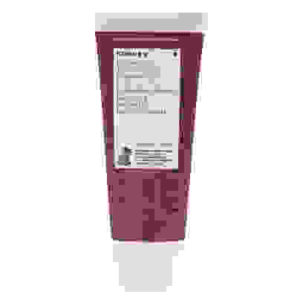Description
What is Group B Streptococcus (GBS)
Group B Streptococcus is a bacteria and the UK’s most common cause of life-threatening infections in newborn babies and of meningitis in babies up to age 3 months.
Most GBS infections can be prevented by giving antibiotics intravenously (through a vein) at the onset of labour to all women who carry GBS. UK current guidelines recommend that Mums should be offered these antibiotics in labour if GBS has been detected during the current pregnancy, if a previous baby has had GBS infection or if Mum has a fever in labour. Other risk factors include labour starting or waters breaking before 37 completed weeks of pregnancy and waters breaking more than 18 hours before birth.
Intravenous antibiotics in labour are highly effective at preventing GBS infection in newborn babies.
There are always small but potentially serious risks associated with taking antibiotics and this needs to be fully discussed with your doctor or midwife.
Detecting a GBS carrier
Screening for GBS is not routinely offered in the NHS. Our tests are undertaken by The Doctors Laboratory (www.tdlpathology.com) following the method described in the UK standard, using enriched culture medium (ECM).Two swabs (lower vaginal and rectal) need to be cultured, ideally in the last 5 weeks of pregnancy to best predict GBS carriage around the time of delivery.
Testing for GBS needs to be included in the pregnancy and birth plan and discussed with your midwife, obstetrician or GP including the treatment plan if GBS is detected during the current pregnancy. (can this be in bold or a different colour)
Procedure for testing
When your test kit arrives you will find:
- An instruction leaflet
- Two swabs with transport tubes
- 1 freepost envelope
- I GBS request form
Start by completing the GBS request form. You must include your name and address and date of birth. Don’t forget your mobile number so the results can be sent by text. Also include the name and address of your Midwife, Obstetrician or GP if you want a copy of the results sent to them.
Read the instruction leaflet carefully. Don’t forget to write your name, date of birth and the swab location (vaginal or rectal) on the collection tube and proceed to collect the samples.
Send the samples with the GBS request form to the laboratory in the envelope provided. You can pop this into any Royal Mail postbox and there is no need for a stamp as postage is already paid.
Note:
Please remember that if the test comes back positive there is no immediate risk to you or your baby. Discuss the positive result with your midwife and healthcare professionals so you can make an appropriate decision about antibiotics during labour.




